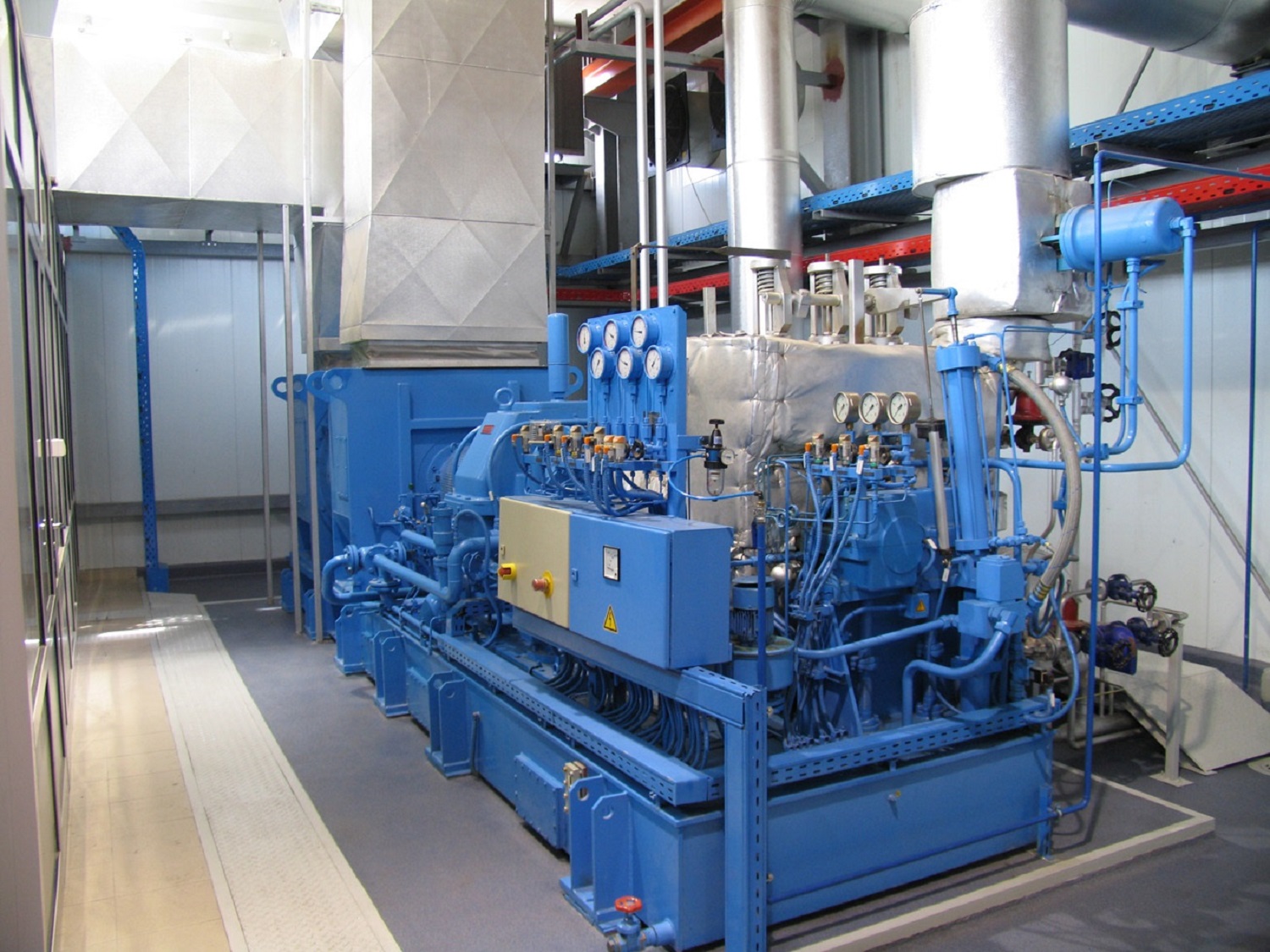A 14.4-megawatt combined heat and power (CHP) plant was inaugurated in the central Yazd Province on Wednesday in a ceremony attended by Sattar Mahmoudi, deputy energy minister, and Mohammad Hassan Sabbaghzadegan, managing director of Yazd Regional Electricity Company.
"Alyaf Gostar Power Plant comprises 12 heat engines, each with a capacity of generating 1.2 MW of power," Sabbaghzadegan was quoted as saying by IRNA.
Speaking on the sidelines of the inauguration ceremony, Sabbaghzadegan said the project became operational at an estimated cost of $10.5 million with the help of private sector.
Pointing to the efficiency of the power plant, the official noted that the plant's electrical efficiency stands at 40% and thermal efficiency amounts to 28%, 75% of which are utilized in the industrial sector, especially in synthetic fiber production.
Cogeneration or combined heat and power is the use of a heat engine or power station to generate electricity and useful heat at the same time. Cogeneration is an efficient use of fuel.
In conventional power plants, some energy is discarded as waste heat, but in cogeneration, most of this thermal energy is put to use. According to the official, Alyaf Gostar is among the first CHP plants in the country. There is another such plant in Angut District in Germi in the northwestern province of Ardabil, which has not been launched yet.
Photovoltaic Power Station
Asked about Gostaresh Energy No Atiyeh photovoltaic power plant in Yazd, Sabbaghzadegan said, "The plant, worth $155 million, is being completed with the help of a German company and will go on stream in September."
Commenting on a pledge by state-owned Renewable Energy and Energy Efficiency Organization, known as Satba, on guaranteed purchase of electricity for 20 years, he said such incentives will encourage domestic and foreign investments in expanding renewable sources of energy.
“The government has given license for the construction of two solar power plants in the city of Mehriz in Yazd,” Sabbaghzadegan said, noting that the construction of one of the photovoltaic power plants, with a production capacity of 10 megawatts, will commence in a few weeks.
The hot and dry climate in Yazd is ideal for harvesting solar energy. The city, 630 km southeast of Tehran, is situated between the two deserts of Dasht-e-Kavir and Dasht-e-Lut, the latter known as one of the hottest places on earth.
Iran is keen on developing renewable energy and diversifying its energy mix that heavily relies on fossil fuels for power generation.
Kaveh Substation
A 400-kilovolt substation and transmission line was also launched in Kaveh industrial town, Saveh, Markazi Province, on Wednesday in the presence of deputy energy minister for planning and economic affairs, Mohsen Bakhtiar. According to Bakhtiar, the substation, completed at a cost of $45 million, includes two four- circuit transformer feeders, which can extend as long as 40 kilometers.
Reportedly, Iran's nominal installed power capacity has risen by 3.5% or 7900 MW since 2013, standing at 76,647 MW.
Iran is among a handful of countries with the know-how to build power plants from the ground up. The country wants to expand power generation capacity by 5,000 MW every year through 2021, the end of its sixth five-year economic development plan (2017-22).


